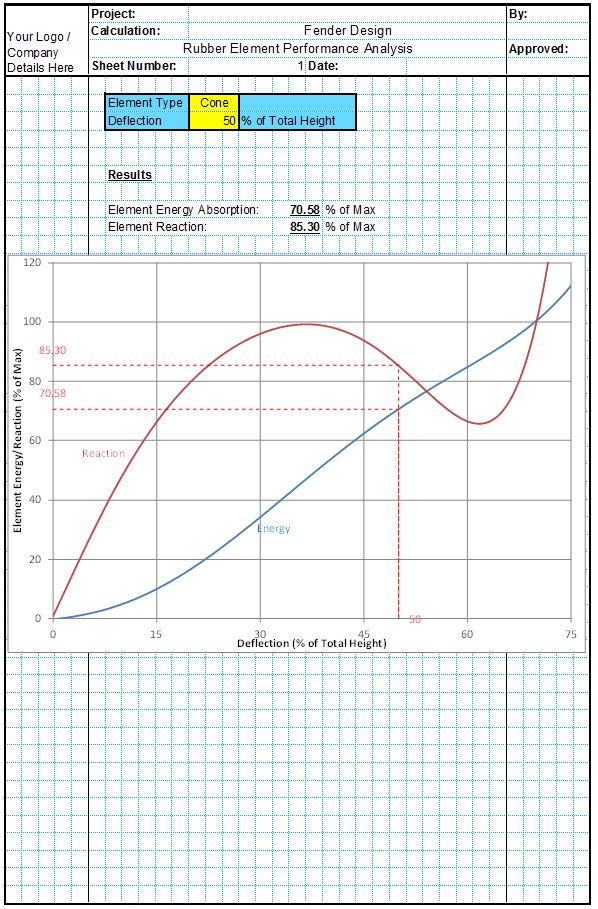There are many different anode types which can be used for particular kinds of structures or environmental conditions. Each has different mounting and design characteristics and delivers different resistance to the electrolyte and utilization factors. Each different anode type requires slightly different parameters in anode design. The most common anode types are included in the CivilWeb Cathodic Protection Design spreadsheet and are detailed below.
Stand-Off Anodes
These anodes are designed to be installed with a small gap between the anodic material and the protected structure. The stand-off anode type delivers the smallest resistance and largest utilization factor and therefore is the most efficient type of anode to use for marine infrastructure. They are often specified for large offshore applications and can be cast with several hundred kilograms of anodic material in a single anode.
However, due to the size of the anodes and the fact they stand-off from the protected structure by around 300mm, drag forces from sea currents can be significant. In other applications stand-off anodes would impede the operation or maintenance of the structure or present a hazard to divers or craft operating nearby.
Flush Mounted Anodes
Flush mounted anodes have a higher resistance and lower utilization factor than stand-off anodes making them less efficient. In cases where drag forces would be too high for stand-off anodes or stand-off anodes are prohibited for operational reasons, flush mounted anodes are often specified.
The protection structures must include a suitable coating between the structure and the anode. This prevents the build-up of anode corrosion products on the surface of the structure which can cause distortion and even failure of the anode fastenings. A marine grade paint coating of at least 100 μm DFT shall generally be sufficient.
Bracelet Anodes
Bracelet anodes are often used on pipeline protection projects. They are also used to protect piles where stand-off anodes are prohibited due to excessive drag forces or for operational reasons.
They have a relatively high resistance and low utilization factor compared with stand-off or flush mounted anodes.
Anode Type Utilization Factor
This factor is used in the calculation of the anodes final period performance. Cathodic protection systems are designed so that the anodes have sufficient current output at the end of their lives that the structure could be repolarized if it becomes depolarized for example due to a storm.
The anode utilization factor is used to estimate the minimum amount of anodic material which remains at the end of the anodes design life. After this point the anodes current output and polarizing capacity becomes unpredictable due to the loss of support for the anodic material or due to a rapid increase in the anodes resistance to the electrolyte caused by other factors. For this reason care should be taken that the anode insert is designed so that the anodic material is still supported when the anode has reached its design utilization factor.
The utilization factor is presented as a ratio or percentage of the original volume of anodic material. The anodes utilization factor is dependent on the anode type, dimensions and the location of the steel insert core. The anode manufacturer should advise on this value. Otherwise typical values can be used based on the anode type, such as those presented below taken from DNVGL-RP-B401;
The CivilWeb Cathodic Protection Design spreadsheet uses the utilization factor to determine the volume of anodic material remaining at the end of the anodes design life. This volume is used to estimate the anodes dimension, including a typical length reduction of around 10%. These anode dimensions are then used to calculate the anodes current output at the end of its design life. This is then checked to ensure that the anode could still repolarize the protected structure if required.


